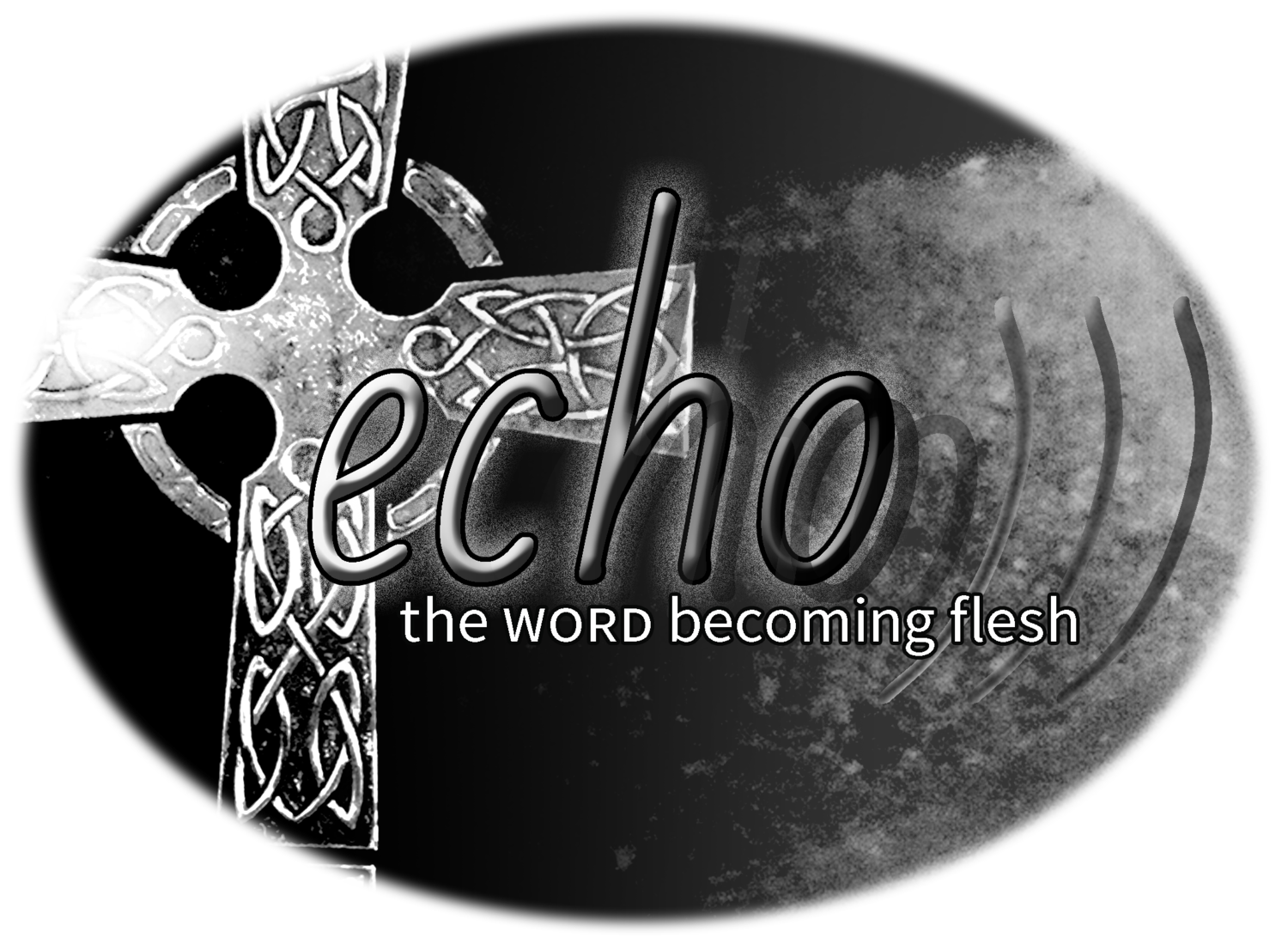I arise today...
Through the radiance of moon...
The Lorica of Saint Patrick (St. Patrick's Breastplate Prayer)
Interesting that the writer of this prayer mentions only the simple “light” of the sun, and yet describes the moon as “radiant.”
Radiance implies more than mere light. It envisions brightness, splendor or brilliance. If anything, this description seems more appropriate for the sun than the moon. After all, the moon shines with a much softer, gentler glow. We cannot even look upon the brilliance of the sun but the moon we can watch clearly from its rising to its setting with no ill effect upon our eyes.
Perhaps the difference is context. It is easy to take the sun for granted because when it shines, all is light and we never look directly at the source. The moon, however, functions more like a candle in the darkness. Rather than simply illuminating all we see around us, it’s glow does draw our eye across the darkness of the night sky to the source of the light. In contrast with the darkness around it, the moon is indeed radiant, especially when it is full or in some special state such as a super-moon or harvest moon.
Unlike the sun, the moon does not produce its own light. It reflects the light of the sun into the darkness. This too contributes to our ability to see its beauty. When the sun shines upon the moon and we are able to look closely enough, especially with telescopes or even camera lenses, we notice even the craters and ridges of the landscape. We cannot see such detail upon the sun without specialized equipment, but the sun illuminates the face of the moon and in turn, the moon shines its face upon us on the earth.
While the sun is a glorious metaphor for the brilliantly blinding light of Holy God, the moon perhaps offers a metaphor for our place as God’s children in the darkness of a sinful world. When God’s light shines upon us, every crack and crevice is exposed. Though we try to hide in the darkness, the world needs to see that even in our brokenness, we are still beautiful to the Creator who shines his light upon our face. Every crack tells a story and every crack we see upon the face of another reminds us that we are not alone and that God has brought us through every meteor impact we have faced throughout our lives.
As we turn our face to the light, so we must reflect that light into the darkness of the world. When we try to shine like the sun, exposing the cracks on the surface of others, people turn away in fear, shame, or even anger. But when we simply reflect the light and allow others to draw near in solidarity, we can bask in the glow of the Son of God and together radiate even more light into the darkness.
One final thought. The moon has little value for us during the day. We do not see its light. Therefore, if we are to reflect the radiance of the moon in a way that will bring light and hope to others, we must enter into their darkness. We cannot hide in well-lit sanctuaries where our scars are so easily washed out by the glare. In the moonlight we find a safe place to be real without being blinded. In the moonlight we discover that even with our all of our craters and scars, we are beautiful and even radiant as we reflect the glory of the Son, in whom all things are created and have their being.
Reflections:
1. Spend some time gazing up at the moon. What do you feel? How do you see yourself? How do you see God?
2. In what specific ways does your life reflect the glory and the love of God in the world around you?
3. In what ways have we turned our face away from the blinding light of the Son and no longer reflect His radiance?
Our journey through St. Patrick's Breastplate Prayer continues next week:
... I arise today,
Through the splendor of fire…


